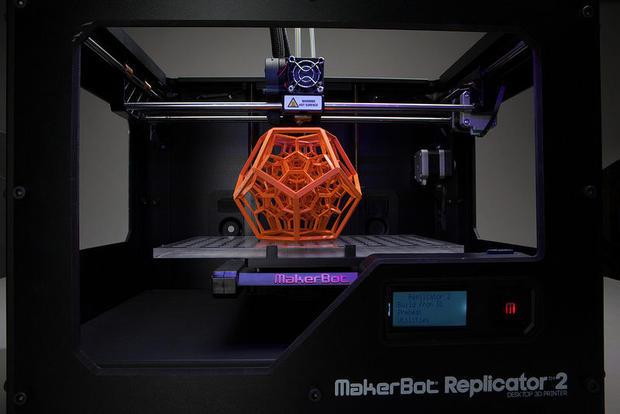3D digital device development never stands still and the next big thing with devices could be the integrated of 3D holography. This area is attracting considerable interest from tech developers and with research centers.
Holography promises to change how we approach technology, from medical diagnostics to education, data storage, defense, and cybersecurity, 3D holography has the potential to transform a range of industries. Imagine at a business meeting taking place in London and Washington, where a new product can be held in its physical form in one place and rendered as a 3D image in another, thousands of miles away. Alternatively, think of what a surgeon could do in terms of pre-operative planning if full-sized 3D digital device, holograms of organs could be produced for analysis.
Add to these business and healthcare ideas anticipated the interest from consumers who may wish to watch their favorite movies from their smartphones, projected off screen in 3D and it’s easy to see why there is growing interest in holography. Several tech companies are evaluating smartphones and wearables in preparation for integration of holographic sensors.
Holography is the practice of making holograms, which are photographic recordings of a light field. This is different from an image formed by a lens. Holography involves the encoding of a light field, which acts as an interference pattern of seemingly random variations in the opacity, density, or surface profile of the photographic medium. Once lit, the interference pattern diffracts the light to reproduce the object, adding visual depth and perspective.
Holography is being advanced through developments with the structure materials at the nanoscale. These allow devices to achieve new optical properties that go beyond the properties of natural materials. A recent development, with the world’s thinnest hologram generator, has been discussed in the Digital Journal article “World’s thinnest hologram developed.”
Companies looking into adding holograms to devices include Xiaomi, HMD Global (Nokia) and OnePlus. Another company is professional video camera maker Red, who have worked on an Android smartphone with a 5.7-inch “professional hydrogen holographic display.” The Red Hydrogen One smartphone retails for $1,600. This is, however, the cusp of a wave and further advances with the size of hologram projectors and the quality of the images will see greater completion in the sector and devices on-sale at lower prices. These won’t appear immediately but they are anticipated to appear within the next couple of years.
In another development, a startup called Daqri has developed technology that can print solid objects faster and also powers a new kind of head-up display, based on holographic technology. Unlike standard 3D printing, which scan a laser back and forth to create shapes a layer at a time, the new system uses a 3-D light field (a hologram).
A final example of start-up holographic technology using 3D digital device is Meta, a San Francisco company that manufactures augmented reality headsets that overlay holographic images on the real world. The technology is aimed at the business market to enable professionals to construct 3-D models with their hands or browse web pages, send emails and write code from floating virtual screens.
By Tim Sandle Aug 10, 2017 in Technology
If you found this article on holograms interesting, please read another review about new stretchable holographic displays: “First stretchable holographic display revealed.”
Recent Comments